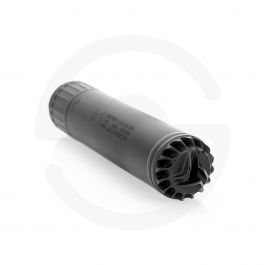I've been thinking of putting a 30 caliber can on a 5.56mm AR-15 to avoid a lot of the back pressure and subsequent need for any weapon modification.
I was wondering if anyone has attempted this and what were your results?
I was wondering if anyone has attempted this and what were your results?

